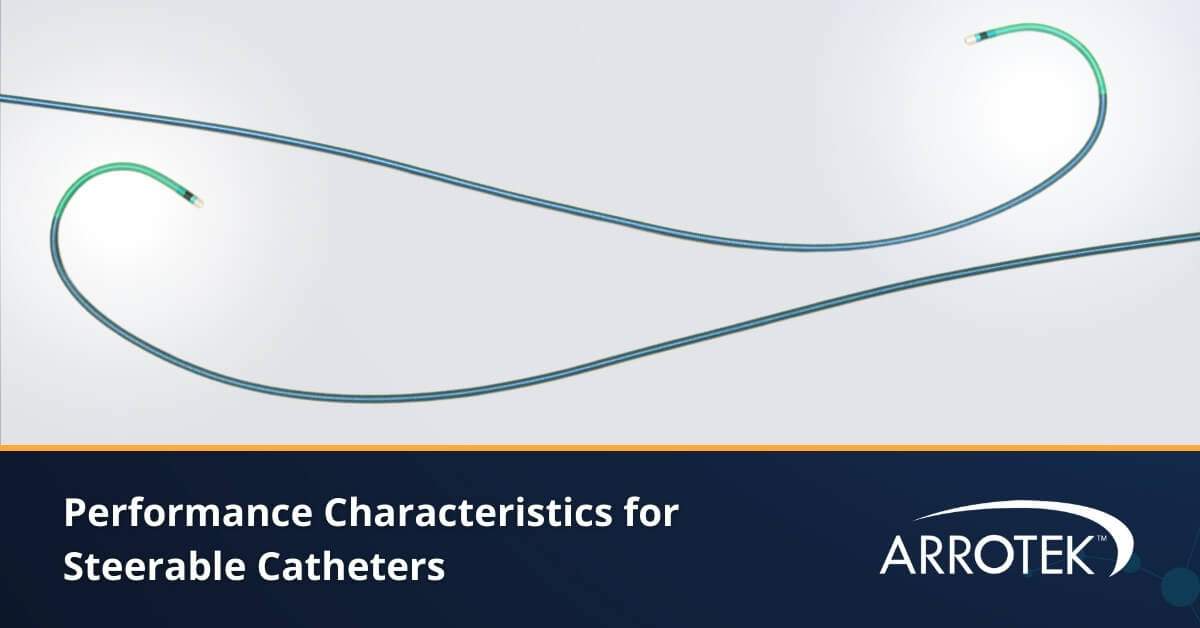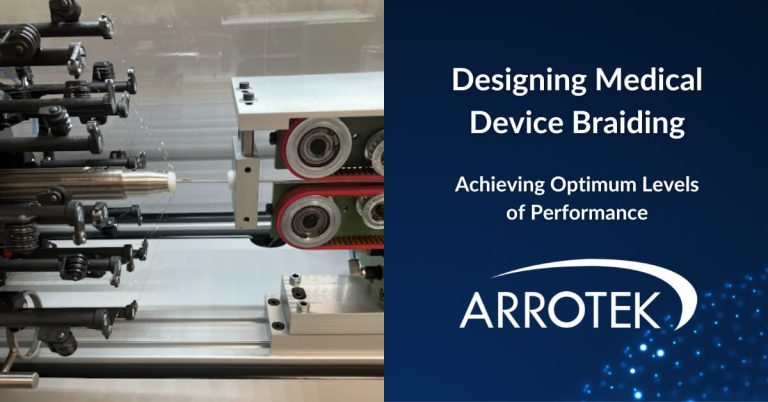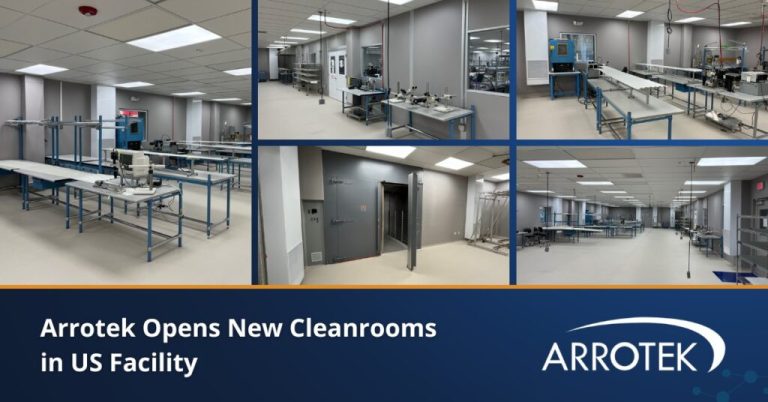Steerable catheters are used in a range of different applications, including cardiovascular, respiratory, gastrointestinal, and neurological procedures. One thing these types of procedures often have in common is the need to navigate complex vasculatures to reach the required treatment or diagnostic site.
As a result, steerable catheters have transformed healthcare by improving minimally invasive procedures. Steerable catheters have also made more minimally invasive procedures possible. Furthermore, innovations in the field of steerable catheter devices continue.
If you have an idea or development project for a new steerable catheter device, what are the main performance characteristics you need to be aware of that will impact the design? Here are the main things that will be considered by design engineers during the product development process.
Steering-Related Performance Characteristics
Steering Direction
One of the first things to decide with a steerable catheter is the steerable option that best suits the application. Those options include one-way, bidirectional (two-way), or multidirectional steering. Multidirectional steering (also known as omnidirectional catheters or multiplanar deflection catheters) is common for catheters designed for heart access and delivery systems, for example.
Deflection Planes
Different parts of a steerable catheter often need to move independently, particularly when the catheter is designed to navigate tortuous anatomy. This steering movement is known as deflection. Key deflection considerations when designing a steerable catheter include the length of deflection, the number of deflection points, and the position of deflection points.
Other Steering Considerations
- Steering torque – torque refers to the transfer of force by the operator at the proximal end of the catheter to the distal tip, including rotational force. Achieving a 1:1 ratio of torque control is a common objective.
- Steering angle – the deflection angle that is required for your application. As with other design considerations for steerable catheters, it is important to design for the specific application, as designing a greater steering angle than is needed can impact other performance characteristics unnecessarily.
- Steering curve diameter – how much or how little does the catheter’s shaft need to curve? The type of curve that is needed is an important consideration too, as curves can be symmetric or asymmetric, and they can take different shapes, including curled and looped.
- The handle and steering mechanism – the design of the handle, pull wires, etc that the clinician will use to steer the catheter during the procedure.
Other Performance Characteristics of Steerable Catheters
Access Diameter
In general, the smaller the access point, the less trauma to the patient. Access diameter needs to be considered in terms of the components that will be used with and in addition to the catheter, as well as the intended use application.
Reinforcement
What type of shaft reinforcement is needed? Common options include braid reinforcement, coil reinforcement, or a combination of both.
Flexibility
How flexible the shaft should be and whether the flexibility of the shaft should vary along its length.
Length
How long the catheter shaft needs to be?
Tensile strength
What level of radial or tensile forces will be applied to the shaft during the procedure, as well as the level of compression?
Radiopacity
What are the requirements for radiopaque markings to enhance the catheter’s visibility under fluoroscopy?
Driving Innovation in Steerable Catheter Design
Innovations in steerable catheter design are making new treatment and diagnostic procedures possible, while also refining and enhancing existing procedures. If you have an idea for a new steerable catheter device, it is important to partner with a design company that has specialist expertise. An experienced design partner will get the right balance of performance characteristics to help ensure your new product is a success.
To speak to one of our experienced design engineers, please complete the form below.





